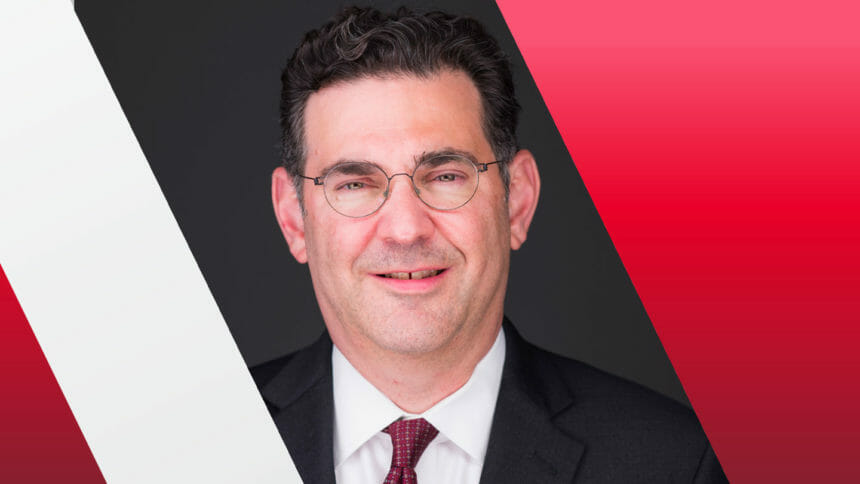
The accidental online posting Tuesday afternoon of a study commissioned by the Centers for Medicare & Medicaid Services seems to indicate that the White House’s grand plans for a first-ever federal nursing home staffing mandate may have been derailed.
The study, which was first reported exclusively Tuesday by KFF Health News, said there was “no single staffing level that would guarantee quality care.”
KFF, which said it saw a preliminary copy Monday, notes that “no specific recommendations” were made. In addition, the study examined staffing levels only lower than the 4.1 hours per resident day that a previous CMS study had recommended more than 20 years ago.
The report, which was pulled down by CMS after the initial KFF report Tuesday, acknowledged that higher staffing levels would lead to fewer hospitalizations and emergency room visits, and better, faster care.
The report was composed by frequent CMS contractor Abt Associates and dated June 2023. CMS officials had earlier said the staffing study had been completed well before its one-year goal of February this year.
A CMS proposal package has been under evaluation since May by the Office of Management and Budget, leaving nursing home stakeholders on pins and needles — and gearing up lobbying activities both for and against a mandate.
Providers jumped on the study as proof that their vocal and mounting concerns about staffing to a rigid minimum standard were valid.
“This study confirms what CMS stated in 2016: a ‘one-size-fits-all’ staffing minimum will not improve quality of care in nursing homes,” Zach Shamberg, president and CEO of the Pennsylvania Health Care Association, told McKnight’s Long-Term Care News Tuesday. “Given the historic workforce shortages, funding inequities, and access to care crises across the country, the timing for a national nursing home staffing minimum could not be worse. We continue to urge CMS and the Biden administration to help our providers address these challenges, rather than exacerbate them.”
“How much taxpayer money went into studying the same conclusion that we’ve been warning about for 2+ years?” Shamberg added.
In a written statement to KFF Health News, Jonathan Blum, CMS’ principal deputy administrator and chief operating officer, said the study had been “posted in error.”
“CMS is committed to holding nursing homes accountable for protecting the health and safety of all residents, and adequate staffing is critical to this effort,” Blum told KFF. “CMS’s proposal is being developed using a rigorous process that draws on a wide range of source information, including extensive input from residents and their families, workers, administrators, experts, and other stakeholders. Our focus is on advancing implementable solutions that promote safe, quality care for residents.”
Although Blum’s statement called the study a “draft,” the 478-page study was not labeled as such.
Study details
Although a 2001 CMS study, also conducted by Abt Associates, had identified 4.1 hours per patient day as a desired minimum staffing level, the more recent study did not examine anything that high, the KFF report noted.
The top level was 3.88 hours, at which an estimated 0.6% of residents would get delayed care and 0.002% would not get needed care, according to the leaked report. That would also lower emergency room visits by an estimated 14,800 annually and hospitalizations of Medicare patients by 12,100 each year.
More than 11,000 of the nation’s 15,200 nursing homes would need to hire more staff — at an annual cost of $5.3 billion each year — to meet that level, report authors estimated.
The bottom level studied was 3.3 hours per resident day, which would more than quintuple the percentage (3.3%) of residents who would get delayed care and raise the amount not getting needed care to 0.04%
More than 50% of nursing homes would have to add staffing to meet that level, at an estimated cost of $1.5 billion more each year.
The cost estimates paled in comparison to projections by non-government analysts. A recently updated CliftonLarsonAllen analysis put the cost of a 4.1-hour standard at $11.7 billion annually.
The sector would also need to hire almost 200,000 new workers, in addition to about 190,000 positions lost since the start of the pandemic, CLA said.
“Our members are working overtime to provide quality care under the most exigent circumstances, only to be pilloried by their own federal government and subjected to overwhelming anxiety,” said Brendan Williams, president and CEO of the New Hampshire Health Care Association.
Williams noted that, in a 2016 rule, CMS acknowledged that mandating staff ratios for nursing homes would have the effect of “stifling innovation, and would not result in the improved quality and person-centered care that we seek in facilities.”
“I’m heartened by this sign that CMS is realizing the impracticality of staffing ratios the agency expressly rejected in its 2016 rulemaking,” he told McKnight’s. “Caregiver quality, not quantity, must be our metric.”
This is a breaking news story. Please check back for more details.




